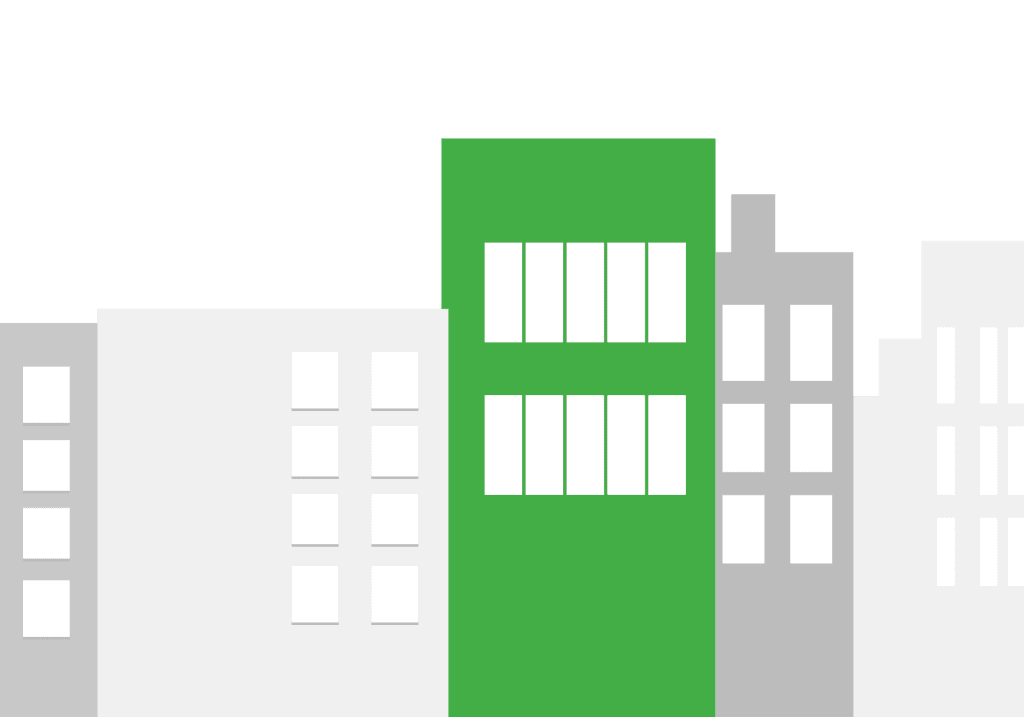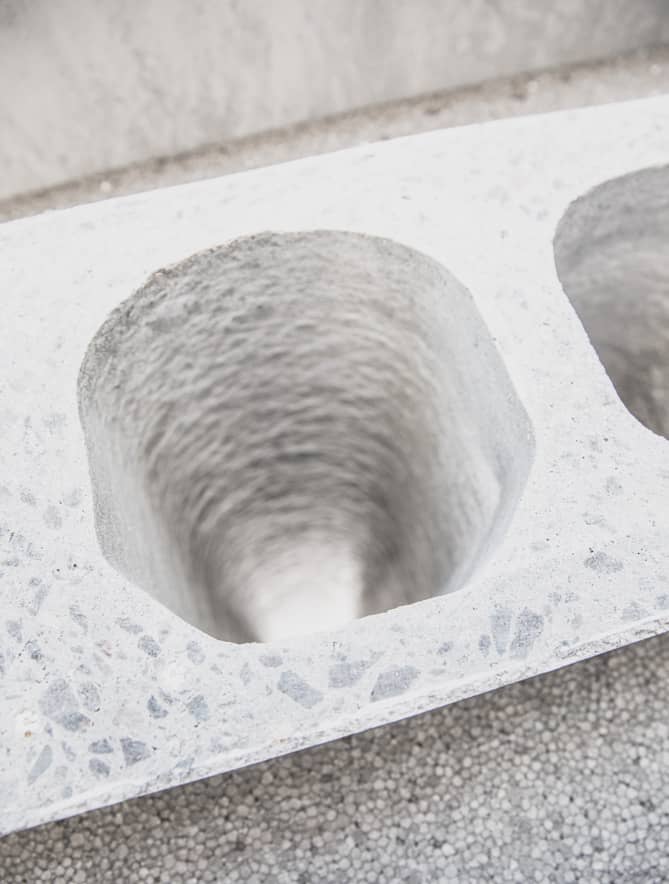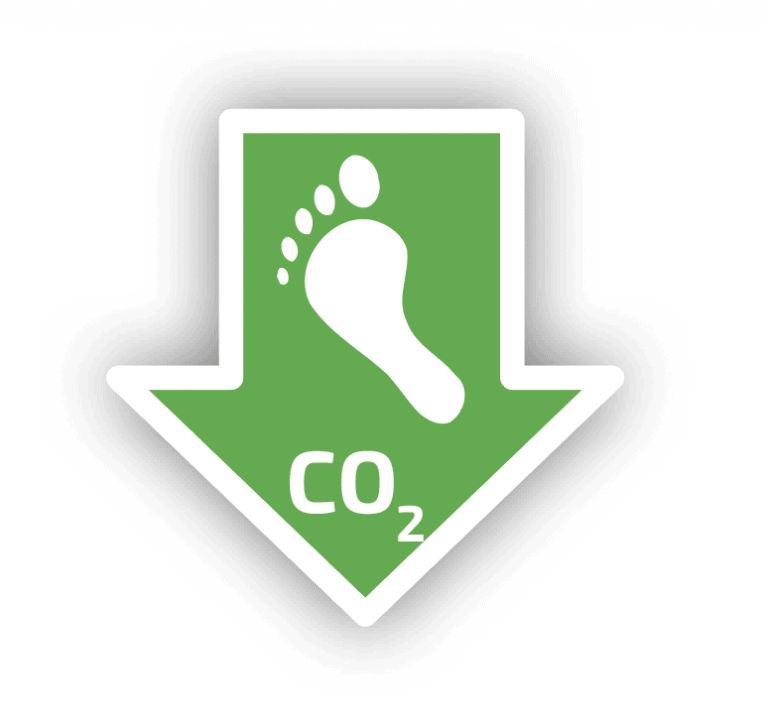Sustainability ratings drive change: Meet standards using precast

Awareness about sustainable building practices is on the rise, among industry players and consumers alike. To help them make the right choice, several sustainable building standards have been developed. Using precast concrete in construction can help you meet those standards.
Green building rating systems like LEED and BREEAM are driving the construction sector towards a more sustainable direction, by rewarding innovation and encouraging developers and builders to seriously consider the environmental impact of their projects.
LEED (Leadership in Energy and Environmental Design) rating system was developed by the US Green Building Council to help home- and building owners and operators take more responsibility for the environmental impact of their builds and to use resources more efficiently.
Another widely used sustainability standard BREEAM (Building Research Establishment Environmental Assessment Method) was established in 1990. BREEAM is the world’s longest established method of assessing, rating, and certifying the sustainability of buildings. Developed at the Building Research Establishment in Waterford, England, the BREEAM certification is in use in over 89 countries.
There are many reasons projects can benefit from adhering to sustainable building standards like LEED and BREEAM or any of the smaller more local rating systems currently in use throughout the world.
For one, a green building badge is a great differentiator, especially in markets where sustainability carries a premium. Green-certified buildings also show higher tenancy and rental rates. More importantly, buildings that are rated under sustainability systems save energy and resources, making them more cost efficient.
Precast concrete can help to meet sustainability standards both in construction phase and as a ready building.

Concrete-based or concrete substitutes?
The environmental impact of concrete has been under the spotlight for years. After all, it is the second most used resource on the planet, after water. Advances in precast technology have focused not only on lessening concrete’s environmental impact, but also on making it a sustainable choice for construction.
One of the reasons concrete is seen as a high-impact material is because we use too much of it. In the previous Concrete Issues, Dr Karen Scrivener, head of the Laboratory of Construction Materials at Ecole Polytechnique Fédérale de Lausanne, pointed out that concrete- or cement-based materials make up over half of the construction materials we use, but that they in fact have lower impact than concrete substitutes. Manufacturing precast elements, such as hollow core slabs, require less concrete. Automation also means less waste, as cutting elements to size more accurate.

Energy efficiency with precast
Modern concrete buildings are more energy efficient, requiring only about one-third of the energy required to maintain conventional buildings. This is because buildings constructed using precast concrete are more durable and airtight. Thermal mass also allows concrete to absorb heat, which is then released when it is cooler outside. This helps keep room temperatures stable no matter the season, translating to lower energy requirements to heat or cool spaces. Hollow core slabs allow for proper insulation to be easily integrated into a building’s construction.
A lot of research has also been done on the importance of concrete as a carbon sink. Carbonation, a naturally occurring process that takes place when cement is added to make concrete, allows buildings to absorb CO2 from the atmosphere. In fact, when a concrete structure is demolished, carbonation still takes place, as the surface area exposed to the atmosphere dramatically increases.
One other factor to consider in evaluating concrete’s environmental impact is its recyclability. Concrete is easily recyclable and can be reused. When concrete buildings are demolished, aggregates can be used as a base for roads or even be incorporated into new concrete. During the production process, Elematic’s Extruder E9 offers an environmentally-friendly and smart concrete recycling option, which mixes the recycled concrete with the new concrete without sacrificing mix quality.
As processes are developed and automated in precast factories, for example material loss can be decreased further. Certain openings may have been cut too large, and they can be adjusted with Modifier E9. Digitalisation, on the other hand, helps to optimize the use of beds and tables, which reduces waste in materials, electricity, and heating.
While there is still a lot of work and research needed to increase sustainability in concrete production and recycling, the environmental and sustainability credentials of using precast are no longer in doubt.
How to earn a LEED plaque for your project
LEED is the most widely-used green building certification in the world, with more than 76 000 projects participating in over 160 countries and territories. This translates to over 15 billion square feet of buildings, homes and neighbourhoods worldwide that have been independently verified to have green features that, according to the LEED website, allow “for the design, construction, operations and maintenance of resource- efficient, high-performing, healthy, cost-effective buildings.”
LEED works on a point system, where projects earn points across nine basic areas corresponding to key aspects of green buildings. These areas are:
- integrative process
- location and transportation
- sustainable sites
- water efficiency
- energy and atmosphere
- materials and resources
- indoor environmental quality
- innovation
- regional priority
There are four LEED certification programs available: LEED for Building Design+Construction, LEED for Interior Design+Construction, LEED for Building Operations+Maintenance and LEED for Neighborhood Development.
To secure the LEED plaque for their build, developers must register their project and submit a comprehensive certification application through the LEED online portal. Once the application is received, it is reviewed by GBCI, a third-party organization that drives implementation of the LEED green building program. Based on the number of points a project gets, they are awarded one of four LEED rating levels, from LEED Certified (40–49 points) to LEED Silver (50–59 points), LEED Gold (60–69 points) and LEED Platinum (80 points and above).
Get the BREEAM certificate
Similarly, the BREEAM assessment is carried out by independent third party licensed assessors. The categories for sustainability assessment included in BREEAM are:
- Management
- Energy
- Health and wellbeing
- Transport
- Water
- Materials
- Waste
- Land use and ecology
- Pollution
- Innovation
According to the BREEAM website, “each category is sub-divided into a range of assessment issues, each with its own aim, target and benchmarks. When a target or benchmark is reached, as determined by the BREEAM assessor, the development or asset score points, called credits. The category score is then calculated according to the number of credits achieved and its category weighting. Once the development has been fully assessed, the final performance rating is determined by the sum of the weighted category scores.” Projects are rated and certified on a scale of “Pass,” “Good,” “Very Good,” “Excellent,” and “Outstanding.”
There are BREEAM standards for Masterplanning communities, Civil engineering and public realm infrastructure, New construction of homes and commercial buildings, Commercial buildings in-use, and Refurbishment and fit-out of homes and commercial buildings.